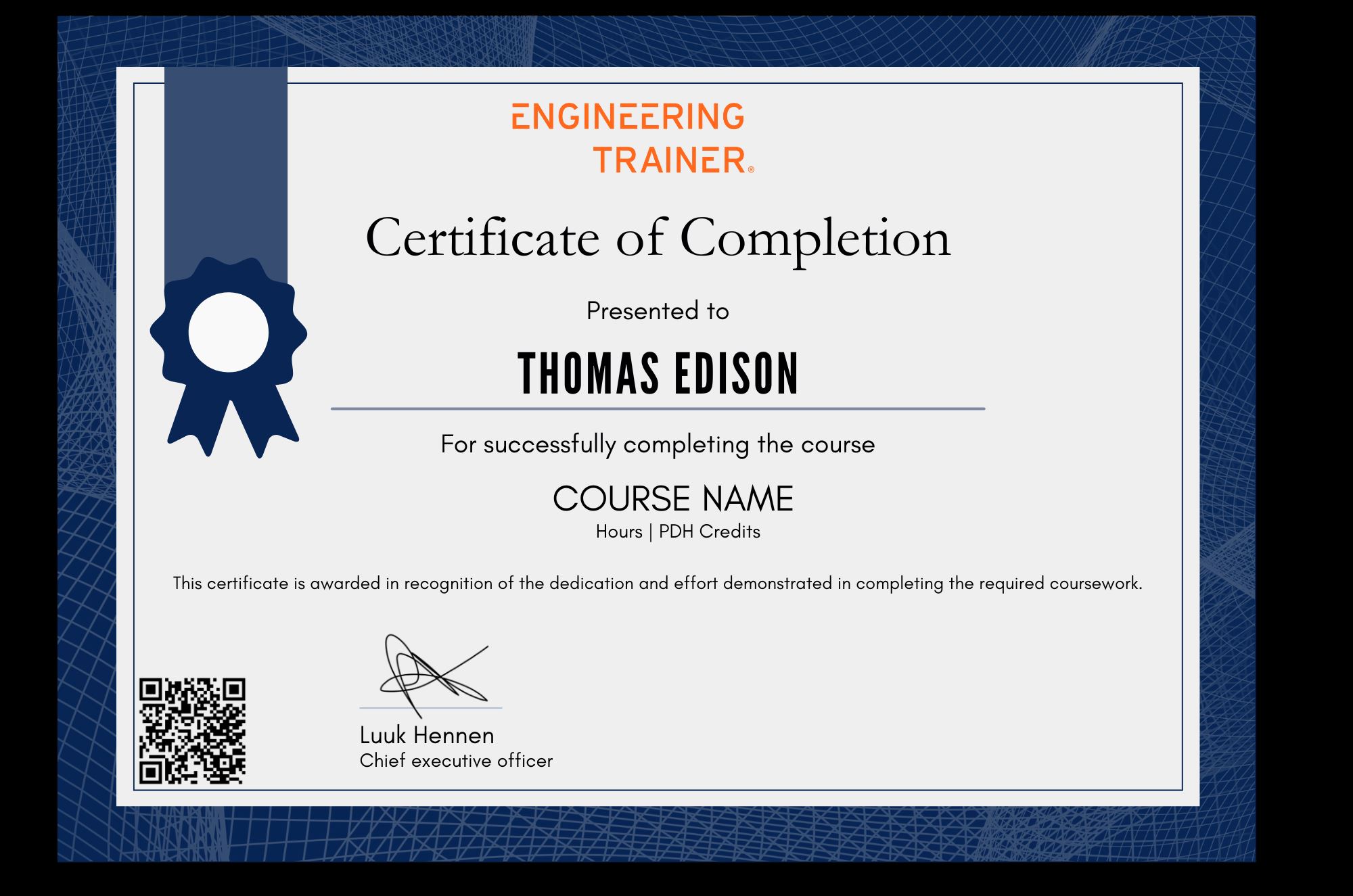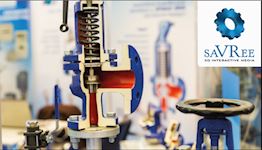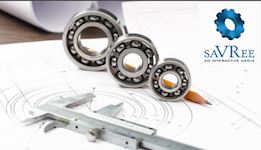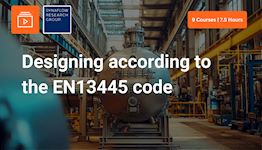Plate Heat Exchanger Fundamentals
Why take this course?
This self-paced course provides a comprehensive overview of plate heat exchangers, covering their components, operation, design variations, maintenance, and performance optimization. Ideal for all engineering backgrounds, it features interactive 3D models alongside video lectures and quizzes, and awards a certificate with PDH credits upon completion.
What you'll learn
After this course, you will understand...
• All of a plate heat exchanger's components.
• How plate heat exchangers work.
• Different plate heat exchanger designs.
• How to vary the cooling capacity of a plate heat exchanger.
• Tips and tricks when assembling and disassembling a plate heat exchanger.
• Maintenance tasks associated with a plate heat exchanger.
• Advantages and disadvantages associated with a plate heat exchanger.
And much more!
About the course
Many machines, and almost all industrial processes, require some form of heat transfer. Designing machinery to transfer heat in an efficient and safe manner is not a 'nice-to-have', it's a necessity. Despite the numerous processes that require heat transfer, only two heat exchangers are commonly used today, the shell and tube type, and the plate type. This course covers the plate heat exchanger in great detail. You will learn:
All of a plate heat exchanger's components.
How plate heat exchangers work.
Different plate heat exchanger designs.
How to vary the cooling capacity of a plate heat exchanger.
Tips and tricks when assembling and disassembling a plate heat exchanger.
Maintenance tasks associated with a plate heat exchanger.
Advantages and disadvantages associated with a plate heat exchanger.
This course gives you all the fundamental understanding you need about the plate heat exchanger and can also be used later as a refresher course. Whatever your level of understanding, or engineering background (mechanical engineering, HVAC, chemical engineering, oil & gas industry, power engineering, etc.), this course will provide you with a strong understanding of plate heat exchangers and their details.
Interactive 3D models are used extensively to show you all of a plate heat exchanger's components and how it works.
Who should attend this course
• This course is designed for Piping Designers, Pipe Stress Engineers, AA210Mechanical Engineers, Process Engineers, or Maintenance Engineers with 0-3 yrs of experience.• This course is beneficial for anyone in the oil & gas, HVAC, chemical engineering, mechanical engineering, or power engineering industries.
Prerequisites
• Some background mechanical engineering or HVAC knowledge is of benefit, but is not essential.• Other engineering background knowledge (chemical engineering, oil and gas industry etc.) would be beneficial but is not essential
Program & Details
-
Welcome
1. Welcome & Your instructor
2. Content overview
3. How to use this course -
Introduction
1. Course Overview
-
Plate Heat Exchangers Fundamentals
1. Welcome
2. Components
3. How PHEs Work
4. Plates
5. Gaskets
6. Varying Cooling Capacity
7. Flow Types
8. Assembly Disassembly and Maintenance
9. Final Thoughts -
Refresher Lessons
1. Refresher Lesson: How Shell and Tube Heat Exchangers Work
2. Refresher Lesson: Plate Heat Exchanger Summary -
Final Notes & Certificate
1. Congratulations
2. Course evaluation survey
3. Your Personal Certificate
Certification


Why choose EngineeringTrainer
-
Unlimited Team-wide Access
-
Advance Technical Competences
-
Courses by Industry Authorities
Since using EngineeringTrainer our internal mentorship has a much more matured character.
Logan Chapman - COO at Chapman Consulting Inc.







